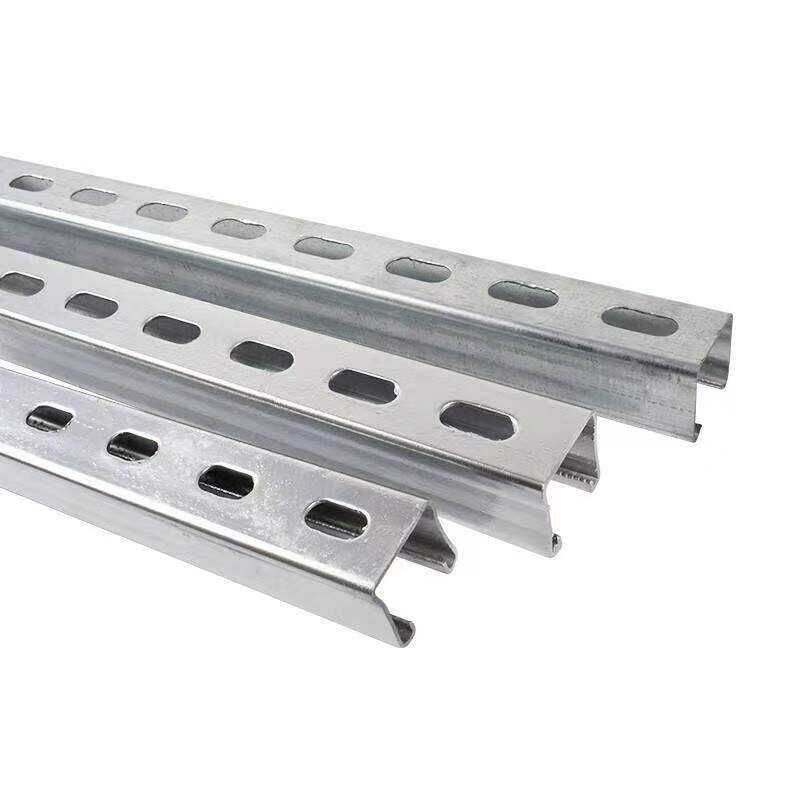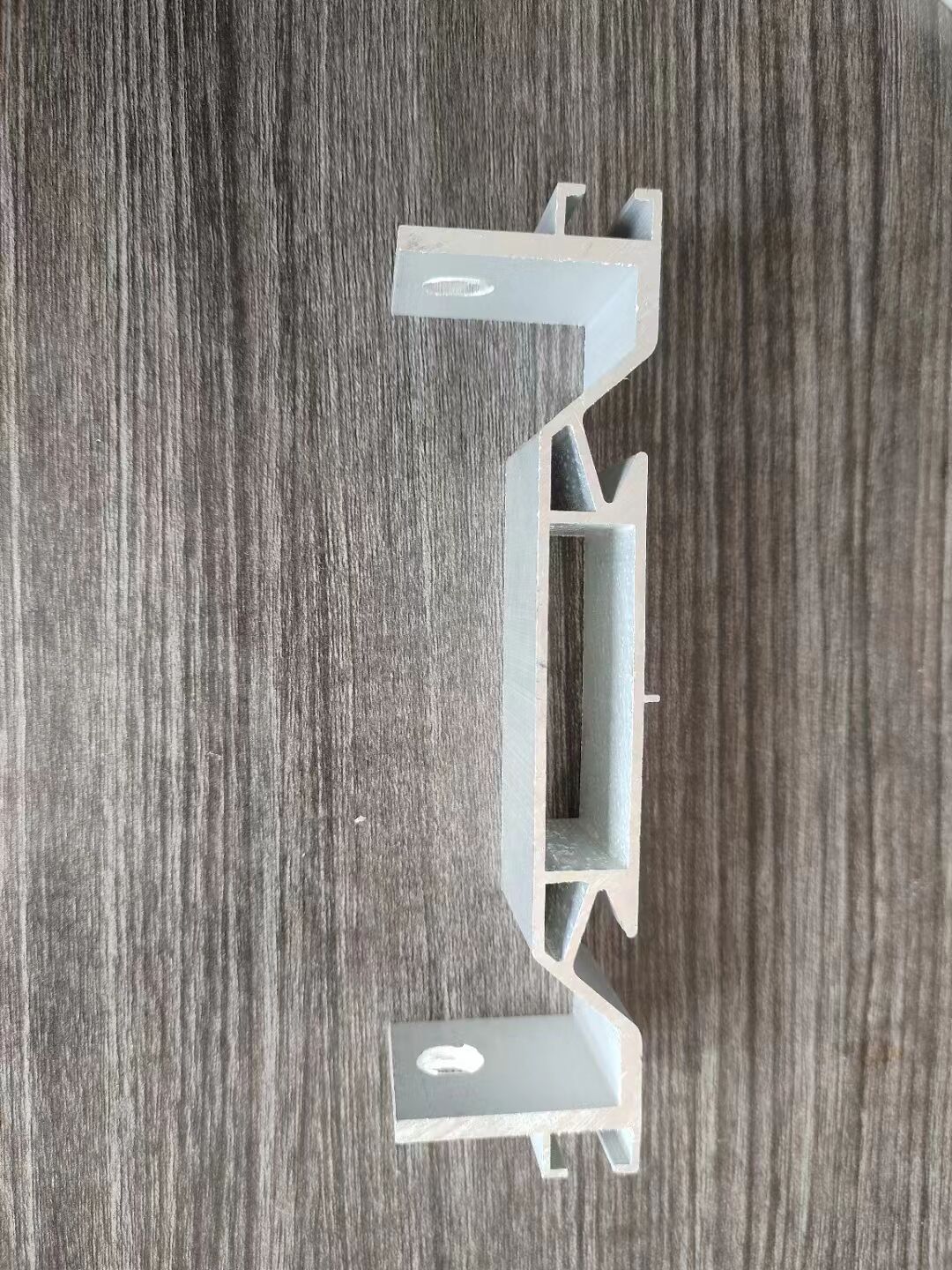Are Solar Panel Mounting Brackets Recyclable?
Solar energy systems are celebrated for their sustainability, providing clean electricity while reducing reliance on fossil fuels. But as the solar industry grows, questions about the lifecycle of its components—including solar panel mounting brackets—become increasingly important. Solar panel mounting brackets,which secure panels to roofs, ground, or other structures, are essential for system stability. A key question for environmentally conscious consumers and businesses is: Are these brackets recyclable? The answer, in most cases, is yes. Solar panel mounting brackets are typically made from recyclable materials, and their recycling contributes to the overall sustainability of solar energy systems. This guide explores the recyclability of solar panel mounting brackets, the materials involved, recycling processes, and their role in a circular economy.
What Are Solar Panel Mounting Brackets Made Of?
To understand if solar panel mounting brackets are recyclable, it’s first important to know what they’re made of. Most brackets are constructed from metals chosen for their strength, durability, and resistance to environmental damage. The primary materials include:
1. Aluminum
Aluminum is a popular choice for solar panel mounting brackets, especially for residential roof installations. It is lightweight, corrosion-resistant, and strong enough to support solar panels. Aluminum brackets are often used in regions with high humidity or coastal areas, where rust is a concern, because aluminum naturally forms a protective oxide layer that prevents further corrosion.
2. Steel
Steel, including galvanized steel (steel coated with zinc to resist rust), is another common material. Steel brackets are heavier and stronger than aluminum, making them ideal for ground-mounted systems, commercial installations, or areas with heavy snow or high winds. Galvanized steel combines the strength of steel with added protection against corrosion, extending the bracket’s lifespan.
3. Other Materials
In some cases, solar panel mounting brackets may include small amounts of other materials, such as plastic components (e.g., washers, spacers) or rubber gaskets for waterproofing. These non-metal parts are less common and often secondary to the main metal structure.
Why Solar Panel Mounting Brackets Are Recyclable
The main materials used in solar panel mounting brackets—aluminum and steel—are highly recyclable. This recyclability stems from the properties of these metals:
1. Aluminum Recyclability
Aluminum is one of the most recyclable materials on the planet. It can be melted down and reused indefinitely without losing its quality or strength. Recycling aluminum requires only 5% of the energy needed to produce new aluminum from raw ore, making it an energy-efficient and environmentally friendly process. Solar panel mounting brackets made from aluminum can be fully recycled at the end of their lifespan, which typically ranges from 20 to 30 years.
2. Steel Recyclability
Steel is also highly recyclable, with a global recycling rate of over 90% for many steel products. Like aluminum, steel can be melted and reshaped repeatedly without degradation. Recycling steel saves energy (up to 75% compared to producing new steel from iron ore) and reduces greenhouse gas emissions. Galvanized steel brackets are recyclable too; the zinc coating is either removed during recycling or recycled alongside the steel, as zinc is also a recyclable material.
3. Minimal Non-Recyclable Components
While some solar panel mounting brackets may include small plastic or rubber parts, these components are usually minimal and can often be separated from the metal during recycling. This means even brackets with mixed materials are mostly recyclable, with only a small fraction of non-recyclable waste.

The Recycling Process for Solar Panel Mounting Brackets
Recycling solar panel mounting brackets follows a straightforward process, similar to recycling other metal products. Here’s how it typically works:
1. Collection and Dismantling
At the end of a solar system’s lifespan (usually 25–30 years), the mounting brackets are removed from the roof, ground, or structure. During dismantling, any non-metal components (e.g., plastic washers, rubber gaskets) are separated from the metal brackets. This step ensures that only recyclable materials proceed to the next stage.
2. Sorting
The metal brackets are then sorted by material type—aluminum brackets are separated from steel brackets. This sorting is crucial because aluminum and steel have different melting points and recycling processes. Scrap yards or recycling facilities use magnets to separate steel (which is magnetic) from aluminum (which is not), making sorting efficient.
3. Shredding and Melting
Once sorted, the brackets are shredded into smaller pieces to make melting easier. The shredded metal is then melted in a furnace at high temperatures: aluminum melts at around 660°C (1,220°F), while steel melts at much higher temperatures (around 1,538°C / 2,800°F). During melting, impurities are removed, resulting in pure metal.
4. Reforming
The molten metal is cast into ingots, sheets, or other forms that can be reused to manufacture new products. Recycled aluminum from solar panel mounting brackets, for example, can be turned into new brackets, automotive parts, or even beverage cans. Recycled steel may be used to make new steel brackets, construction materials, or appliances.
Environmental Benefits of Recycling Solar Panel Mounting Brackets
Recycling solar panel mounting brackets offers significant environmental benefits, aligning with the sustainability goals of solar energy:
1. Reduces Raw Material Extraction
By recycling aluminum and steel, the need to mine bauxite (for aluminum) or iron ore (for steel) is reduced. Mining these ores is energy-intensive, causes deforestation, and releases greenhouse gases. Recycling one ton of aluminum saves approximately 8 tons of bauxite, while recycling one ton of steel saves 1.5 tons of iron ore.
2. Saves Energy
As mentioned, recycling aluminum uses just 5% of the energy needed to produce new aluminum. For steel, recycling uses 75% less energy than producing new steel. This energy savings translates to lower carbon emissions: recycling one ton of aluminum reduces CO₂ emissions by about 9 tons, while recycling one ton of steel reduces emissions by 1.8 tons.
3. Minimizes Waste in Landfills
Solar panel mounting brackets are durable and long-lasting, but they eventually reach the end of their useful life. Recycling prevents these metal components from ending up in landfills, where they would take decades to degrade (if at all). This reduces landfill waste and the environmental impact of waste disposal.
4. Supports a Circular Economy
Recycling solar panel mounting brackets promotes a circular economy, where materials are reused instead of discarded. This closed-loop system reduces the solar industry’s reliance on virgin materials, making solar energy even more sustainable from production to disposal.
Challenges in Recycling Solar Panel Mounting Brackets
While solar panel mounting brackets are recyclable, there are some challenges that can hinder the recycling process:
1. Dismantling Difficulty
Removing solar panel mounting brackets from roofs or ground systems can be labor-intensive, especially for older installations. In some cases, brackets may be welded or bolted tightly, making disassembly time-consuming. This can increase the cost of recycling, as labor is a significant factor in the process.
2. Contamination
If brackets are not properly cleaned before recycling, they may contain contaminants like dirt, rust, or residual sealants. While small amounts of contamination can be removed during melting, heavy contamination may reduce the quality of the recycled metal or increase processing costs.
3. Lack of Recycling Infrastructure
In some regions, recycling facilities may not have the capacity to process large quantities of solar panel mounting brackets, especially in areas with emerging solar markets. This can make recycling less accessible, leading to brackets being discarded instead of recycled.
4. Mixed Materials
Brackets with significant non-metal components (e.g., plastic coatings or composite materials) can be harder to recycle, as separating materials requires extra steps. However, such mixed-material brackets are less common, as most manufacturers prioritize recyclable metals.
How Manufacturers and Installers Support Recycling
To address these challenges, solar industry stakeholders are taking steps to improve the recyclability of solar panel mounting brackets:
1. Design for Recycling
Many manufacturers now design brackets with recycling in mind, using simple, modular designs that are easy to dismantle. They avoid unnecessary mixed materials and use standard metal types (e.g., 6061 aluminum or galvanized steel) that are widely recyclable.
2. Take-Back Programs
Some solar companies offer take-back programs, where they collect old mounting brackets (and other solar components) at the end of a system’s lifespan. These programs ensure brackets are properly recycled instead of discarded.
3. Partnerships with Recyclers
Installers and manufacturers often partner with local recycling facilities to ensure brackets are processed correctly. They may provide training on how to dismantle and sort brackets, making recycling more efficient.
4. Certification for Recyclability
Some brackets are certified under environmental standards (e.g., Cradle to Cradle) that verify their recyclability. These certifications help consumers and businesses choose brackets that support sustainability throughout their lifecycle.
Real-World Examples of Solar Bracket Recycling
Residential Solar System Recycling
A homeowner replaces their 25-year-old roof-mounted solar system. The installer removes the aluminum mounting brackets, separates them from plastic spacers, and sends the aluminum to a local recycling facility. The recycled aluminum is later used to manufacture new solar brackets, closing the loop.
Commercial Ground-Mounted System
A business with a large ground-mounted solar array upgrades to more efficient panels. The old steel mounting brackets are collected by a recycling company, shredded, and melted. The recycled steel is sold to a construction company, which uses it to build new structural supports.
Solar Farm Decommissioning
A solar farm at the end of its 30-year lifespan is decommissioned. Its galvanized steel brackets are sorted, with zinc coatings recycled alongside the steel. The recycled materials are used to produce new solar brackets and automotive parts, reducing the need for virgin materials.
FAQ
Are all solar panel mounting brackets recyclable?
Most are. Brackets made from aluminum, steel, or galvanized steel are fully recyclable. Brackets with significant non-metal components (e.g., large plastic frames) may be partially recyclable, but such designs are rare. Always check the manufacturer’s specifications for material details.
What happens to recycled solar panel mounting brackets?
Recycled aluminum and steel from brackets are melted down and reformed into new products. This can include new solar brackets, construction materials, automotive parts, or household appliances. The metal retains its quality, making it suitable for multiple lifecycles.
Is recycling solar panel mounting brackets cost-effective?
Yes, in the long run. While dismantling may have upfront costs, recycling reduces the need for expensive raw materials and saves energy. Many recycling facilities accept metal brackets at little to no cost, and some may even pay for scrap metal.
Can I recycle solar panel mounting brackets myself?
It’s better to work with professionals. Installers or recycling companies have the tools to safely dismantle brackets and sort materials. Contact local scrap yards or solar take-back programs to ensure proper recycling.
Do recycled brackets perform as well as new ones?
Yes. Recycled aluminum and steel have the same strength and durability as virgin metal. Manufacturers test recycled materials to ensure they meet safety and performance standards, so recycled brackets are just as reliable as new ones.
What percentage of solar panel mounting brackets are recycled?
Exact numbers vary by region, but recycling rates are high due to the value of aluminum and steel. In developed countries with strong recycling infrastructure, 70–90% of metal brackets are recycled. This is expected to rise as solar take-back programs become more common.
How can I ensure my solar panel mounting brackets are recycled?
Choose brackets made from recyclable materials (aluminum or steel) and work with installers who offer end-of-life recycling services. Ask about take-back programs when purchasing your system, and keep records of materials for easy recycling later.
Table of Contents
- Are Solar Panel Mounting Brackets Recyclable?
- What Are Solar Panel Mounting Brackets Made Of?
- Why Solar Panel Mounting Brackets Are Recyclable
- The Recycling Process for Solar Panel Mounting Brackets
- Environmental Benefits of Recycling Solar Panel Mounting Brackets
- Challenges in Recycling Solar Panel Mounting Brackets
- How Manufacturers and Installers Support Recycling
- Real-World Examples of Solar Bracket Recycling
-
FAQ
- Are all solar panel mounting brackets recyclable?
- What happens to recycled solar panel mounting brackets?
- Is recycling solar panel mounting brackets cost-effective?
- Can I recycle solar panel mounting brackets myself?
- Do recycled brackets perform as well as new ones?
- What percentage of solar panel mounting brackets are recycled?
- How can I ensure my solar panel mounting brackets are recycled?

